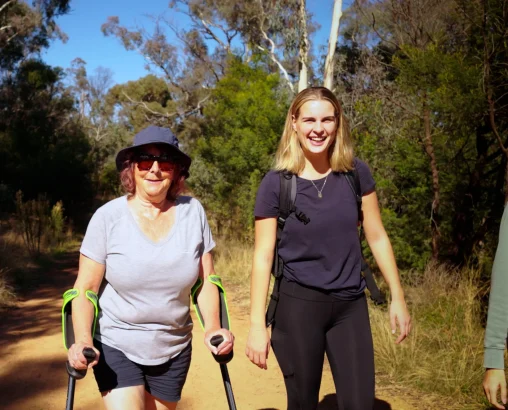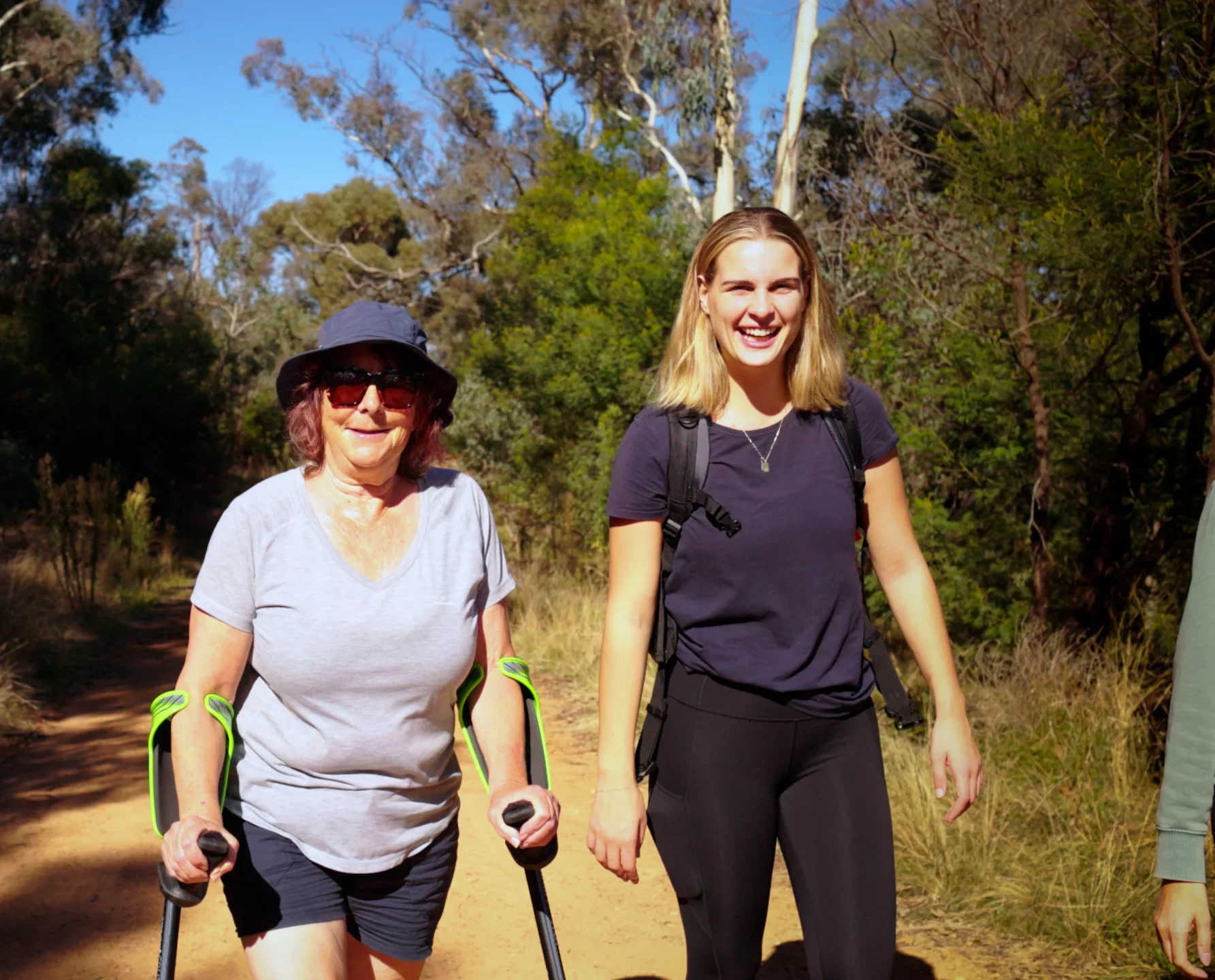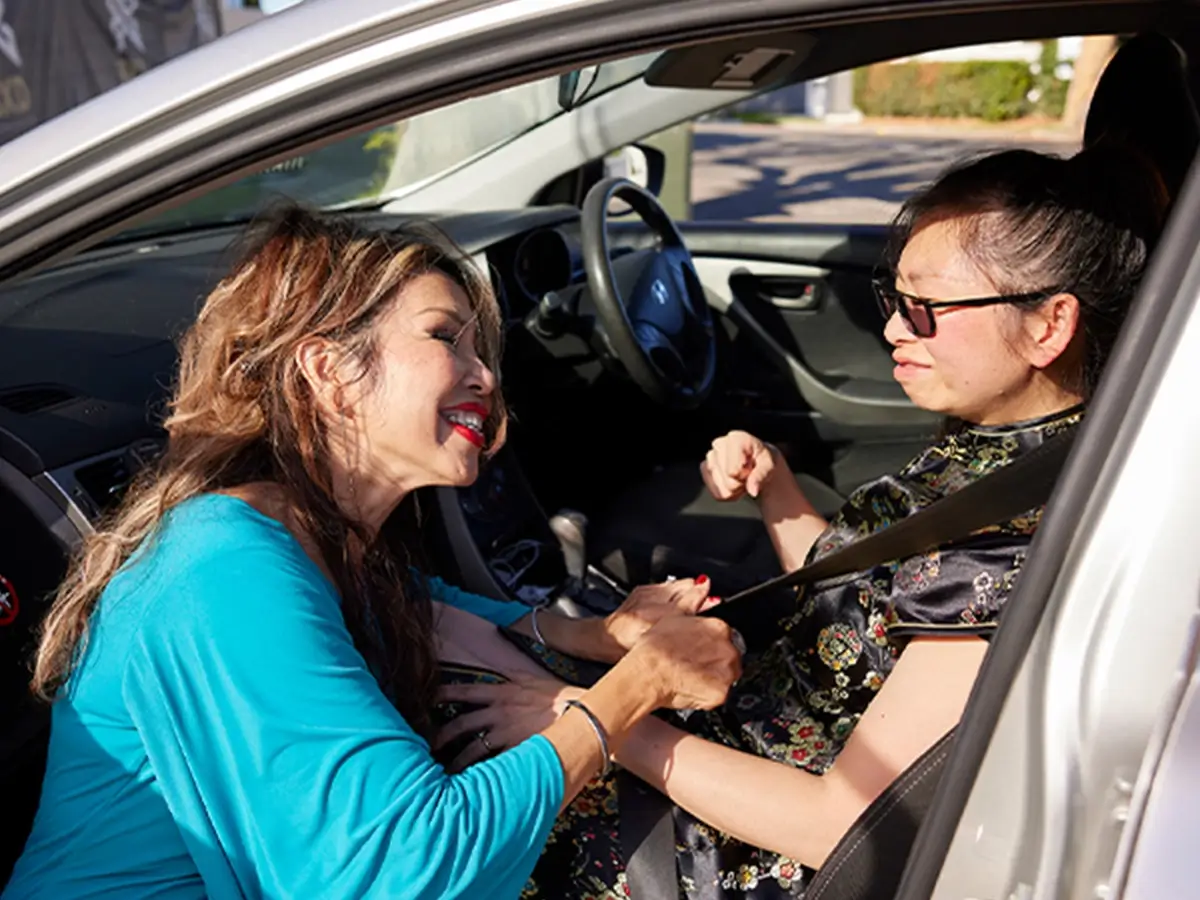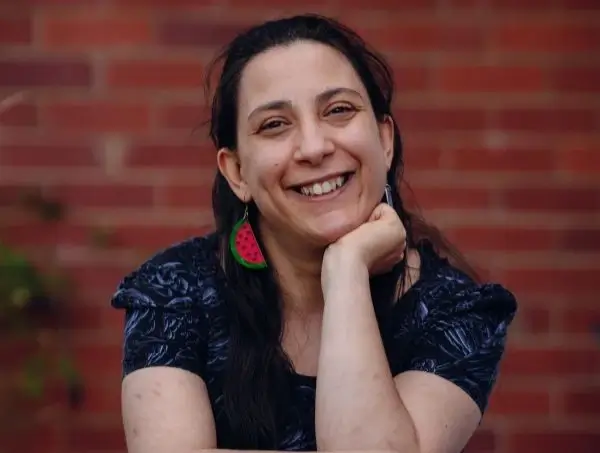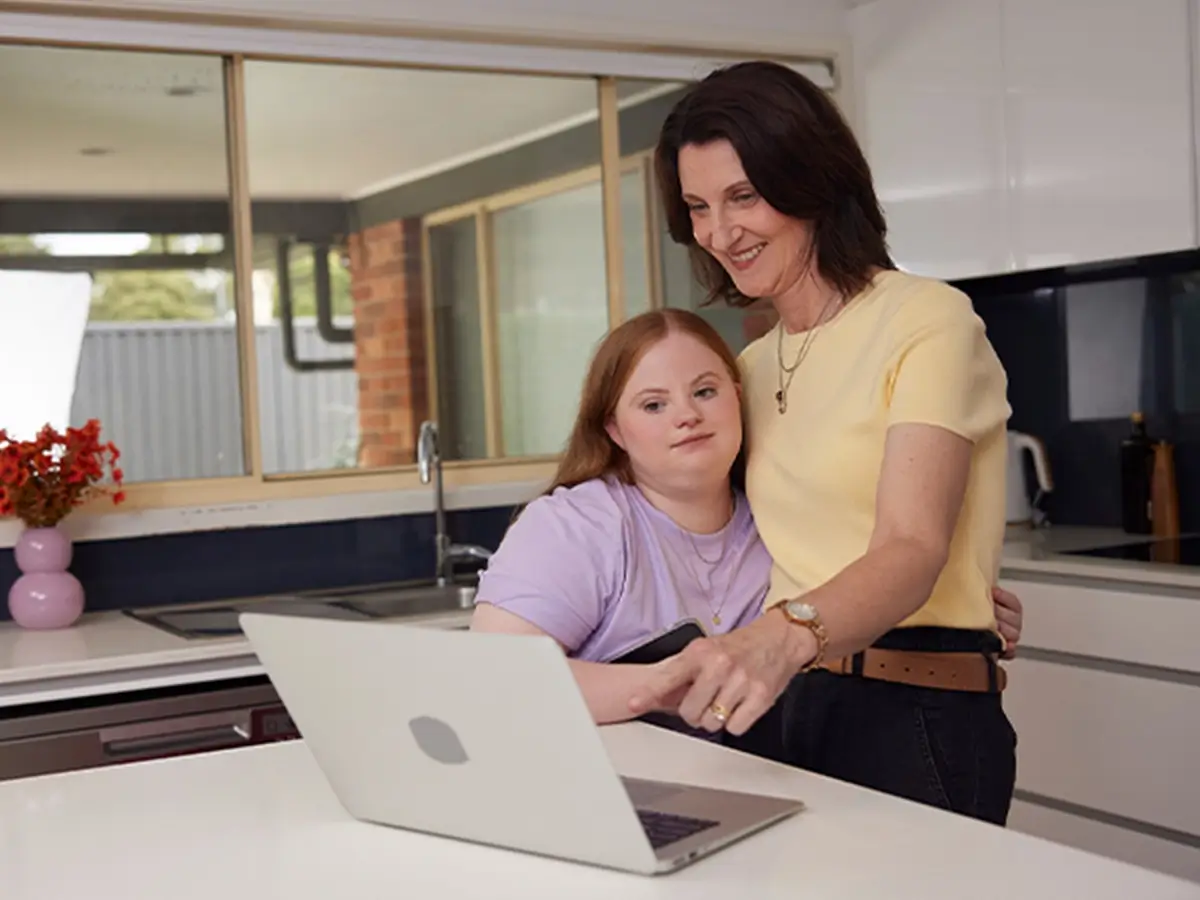Penny, 63, is a mother, a grandmother, a social justice advocate, a feminist and a hiker. “I’m also a person with disability — and not a disabled person,” she says.
Nearly three decades ago, while climbing Mount Ainslie, Penny had a fall that left her with severe injuries and consequently, a permanent disability. She explains, “I had a small accident on a small mountain a long time ago. As a result I had five spinal fusions with instrumentation. So, my spine is held together with a variety of screws, bolts and cables. The nerve to my right leg was almost severed at the spinal cord, so I have neurological limitations and restrictions on my mobility.”
Back to hiking, back to life
For Penny, hiking means a sense of calm and connection with the earth. And although it was the mountains where she experienced the life-altering accident, it was her love of mountains and the outdoors that motivated her to begin her rehabilitation with “small steps and small achievements”.
“From taking back control of my life by belting bags of rice onto my ankles and trying to lift my legs off the bed, to training for Mt Crackenback and Mt Kosciuszko.”
Why two mountains in one day? “Because they are there, of course. And with a Mountain named Crackenback, who could resist?” she replies.
‘But you shouldn’t be hiking’
“When we meet someone, we quickly make an assumption about who they are. Unfortunately, in my case assumptions and false impressions abound,” Penny says.
Penny uses Smart Crutches and says she often gets questions like ‘Have you had a hip replacement, knee surgery or a broken leg?’ While the questions may not be problematic, Penny says, “When I tell them about my disability, I frequently get the response ‘But you don’t look like you have a disability’. It makes me wonder, what exactly do they expect to see?”
While on hikes, there are more of such incidents. “One time, I was hiking by myself – it was a bit of a risk, but life is for living, right?”
“As I was navigating a slippery, narrow track, four men approaching from the opposite side stopped, looked at each other and then looked at me. One of them said, ‘What are you doing up here?’ I was a bit stunned, because I thought it was obvious —hiking. Before I realised it, out came my response, ‘Well, I’m not roasting a chicken’.”
It was especially hard when it came to working with medical professionals. “So many times, they’d say ‘You can’t’ or ‘No, you shouldn’t’, or ‘That’s enough, stop now’. My response became, ‘If what I want to do is not going to cause injury or risk of injury, why not?’ My choices are my choices, my life is my life. It has been a delight to observe some of the health professionals change their attitude and become encouraging.”
“I hope that me making the effort to explain how I live my life and view my disability, helps dispel some of these misconceptions.”
To understand disability, talk about disability
People don’t know what they don’t know. The more people are exposed to, meet and communicate with people with disability, the better they can understand and realign their misconceptions about people with disability, says Penny.
“Yes,” she says, “People with disability hike! We just need the resources to enable that to happen.”
Penny adds, “Segregating into ‘groups’ of people with a disability going out and separating from non-disabled people creates a divide.”
The solution is communication. “Having conversations, asking questions, and learning is all formed in the basics of relationships. We can all be advocates in our everyday lives. Talk about that person with disability you met, in the workplace, at a social function, or at home with your family and friends,” Penny suggests.
Building relationships is, therefore, key to inclusion. “Education, showing, explaining, teaching, describing — all of these open the pathways to learning and dispel the myths and stereotypes about people with disabilities. People will pass this knowledge to their friends, families, colleagues. Relationships are at the core of inclusion.”
You can be your own advocate
Penny has a background in community development working with disadvantaged youth, older adults, refugee migrants, people with disabilities and more recently, as a housing affordability advocate for older women who are — or are at risk for — homelessness.
It was Penny’s injury that set her on the path to advocacy, for herself and then for others. She recalls an incident from years ago, “I went to a community gym to begin an exercise and training program in order to hike Mt Crackenback and Mt Kosciuszko. During my assessment I was told, ‘We don’t have people like you here’. I replied, ‘I don’t know what ‘people like me’ means, and I’m not leaving’.”
Rather than leave, Penny started working in focus groups to improve accessibility for people with disabilities in the building. She says, “Accessibility is more than adding a ramp, a grab rail or tactile tiles. It is addressing the underlying beliefs and limitations and low expectations that some people have of people with a disability.”
The role Mable has played
The theme for the International Day of People with Disability 2022 is about innovation and the role it plays in making the world an accessible and equitable place.
Penny, a Mable client for many years now, says, “Mable is instrumental in enabling people with disability to make their own decisions. Being able to choose my own support workers, have flexibility, and engage with people I want in my life, empowers and enables my sense of agency and confidence in living my life on my terms.”
She adds, “Rather than having a model of the ‘helper’, the ability to establish relationships through Mable forms a partnership. Control and choice are totally in my hands.”
Also read
Read some of our other incredible stories for IDPwD 2022:
1. Kathy: IDPwD 2022: “Autistic adults are everywhere, they are creative, have relationships, and run businesses”
2. Caitlin: IDPwD 2022: “I think I’m as smart and talented as anyone else”
3. Tim: IDPwD 2022: Tim Ragg on how sports rescued him
Check out our Facebook and Instagram pages to see how Mable is celebrating the International Day of People with Disability.
